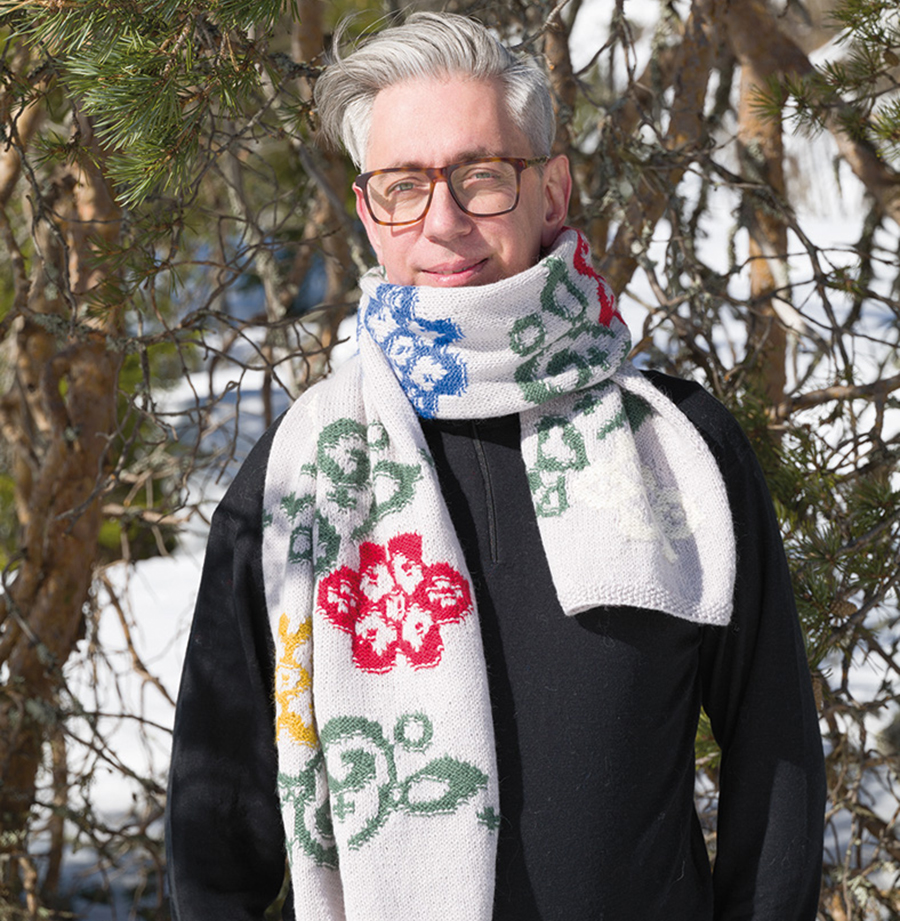Designs
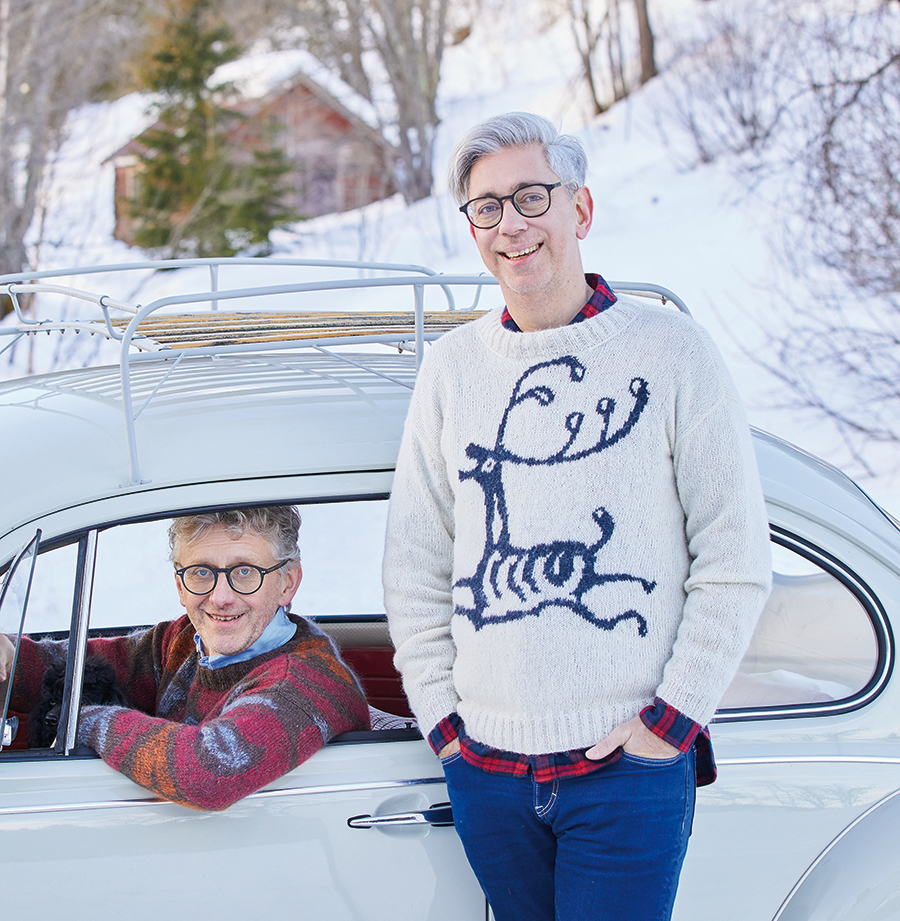
You don’t need to design for those who don’t love it, just work for those who do
Designing for future generations, but always with a nod to the rich craft traditions of their Scandinavian heritage, ARNE & CARLOS don’t take themselves too seriously and are happiest when they see the light!
is very much Scandinavian in heritage
but it always has a twist and it's quirky—there’s a little humour to our design
We don’t take ourselves very seriously and we like that ‘nerdy’ style, which is something that we have had throughout our career in fashion, and now in handknitting. When designing knitwear we always focus more on the patterns and colourwork than the silhouettes. This comes from a Norwegian way of thinking that if you make something by hand it should have a longevity beyond fashion trends, so that it lasts for generations. So, we aim to design with simple, classic shapes that will still be beautiful in fifty years’ time.
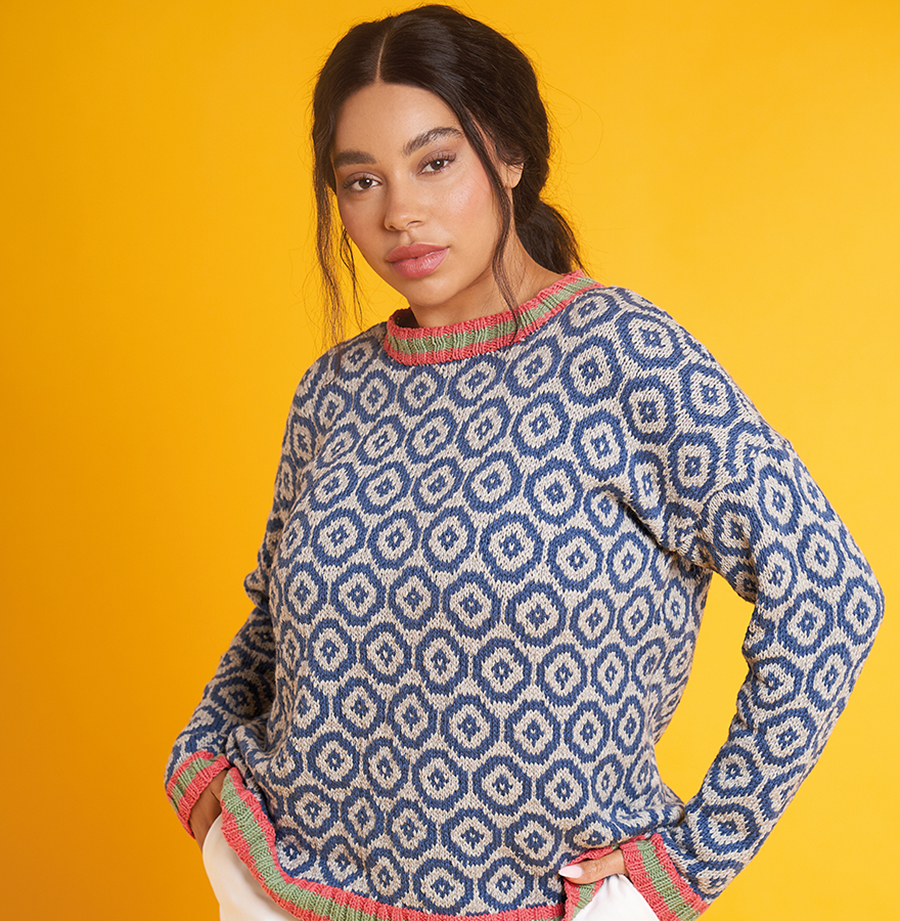
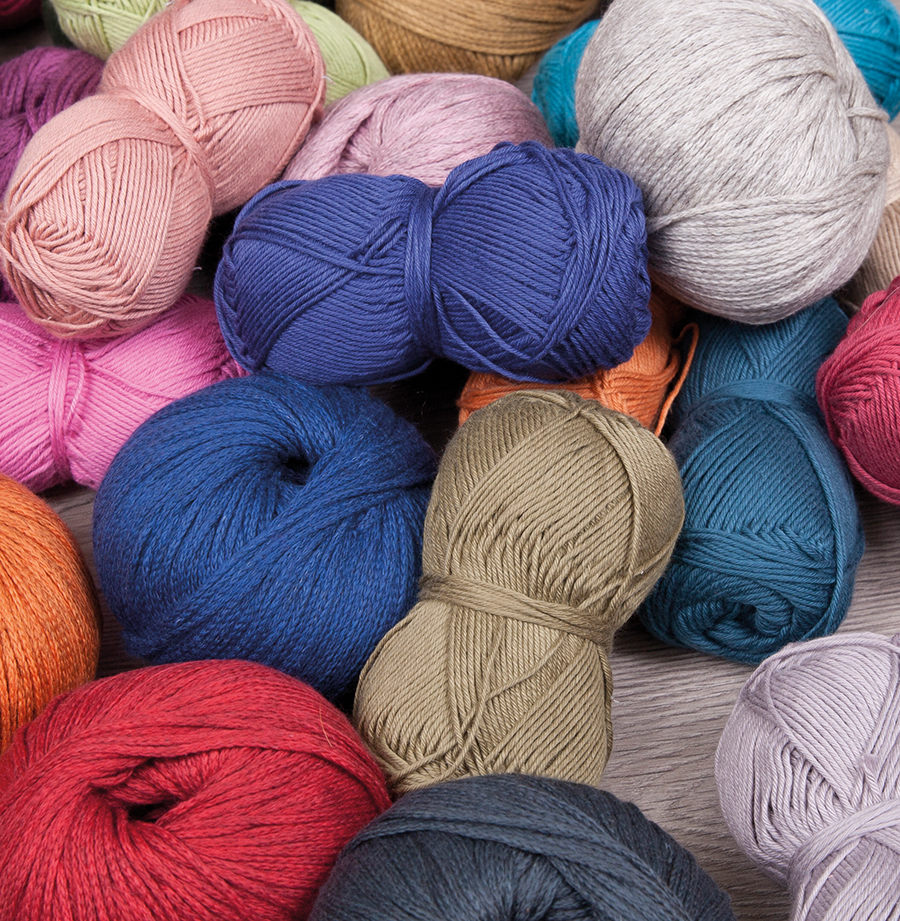
well, it’s a problem!
We have a big storage house where we try to organise our yarn in boxes, but as we have been working from our home studio, it's slowly creeping back into our house. We try to use up yarn in crochet blankets and give them away to friends, but we’re really at the point now where we have to politely decline any more yarn samples! However, there’s always an exception. When we were in the fashion industry and making knitwear for our own brand, we always wanted to work with Todd & Duncan as they are considered the ‘Rolls-Royce’ of cashmeres, but we were too small to get an appointment, so it was always that unattainable yarn. So, when we heard about Pure Cashmere, we had to ask Rowan to send us some to knit with!
Arne: You’re never better than your last collection. This means that you can’t rest on your laurels and you need to always look ahead.
Carlos: I think another great piece of advice that we were given when we were just starting out and we were very frustrated and misunderstood, was from a good friend who was in the industry and she said, “Be confident, and trust your instincts. Don’t try to do what people want you to do, just be yourself and find your own point of view”. You don’t need to design for those who don’t love it, just work for those who do.
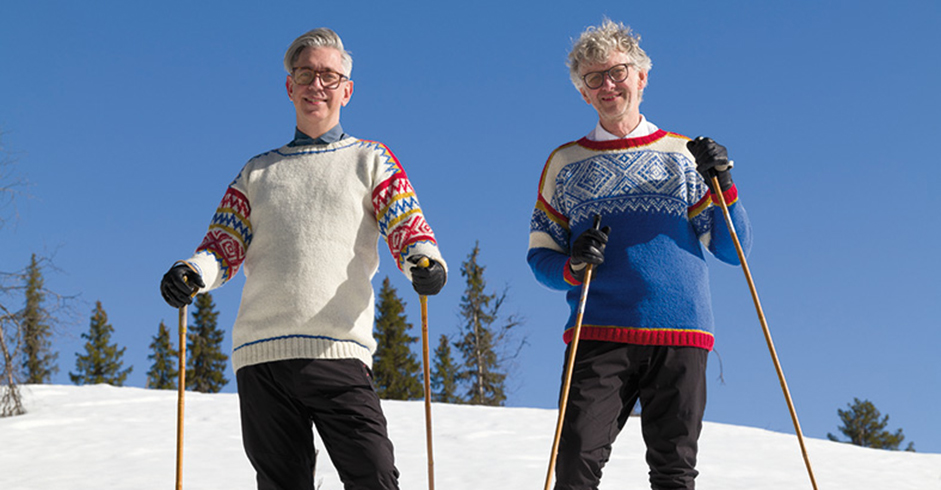
The discontinued Rowan yarn we wish we could bring back
would have to be Hemp Tweed as we never had the chance to work with it, but it was so nice we’d love to do something with it.
Our favourite Rowan yarn from the current collection
The Todd & Duncan Pure Cashmere is impeccable, but we have a thing for Felted Tweed, and we especially love mixing it with Kidsilk Haze. The combination of the two is perfect for layered colourwork and to achieve the Norwegian look where colours blend into each other for a blurred effect and a wonderful marled appearance.
they are mostly from the past
as fashion designers you build up this
reference library of everything that has been done before, and by whom, and how, because today you really can’t do anything new anymore, but in the past designers like Coco Chanel, Yves Saint Laurent, Christian Dior and Elsa Schiaparelli were really able to invent and change fashion. Of course, there have been geniuses more recently like Alexander McQueen, Rei Kawakubo, and Kenzo, who had a big, big influence on knitwear and colour today. And because we love colour, we have to say Sonia Delaunay, who is less well known for her fashion but hugely influential in textiles.

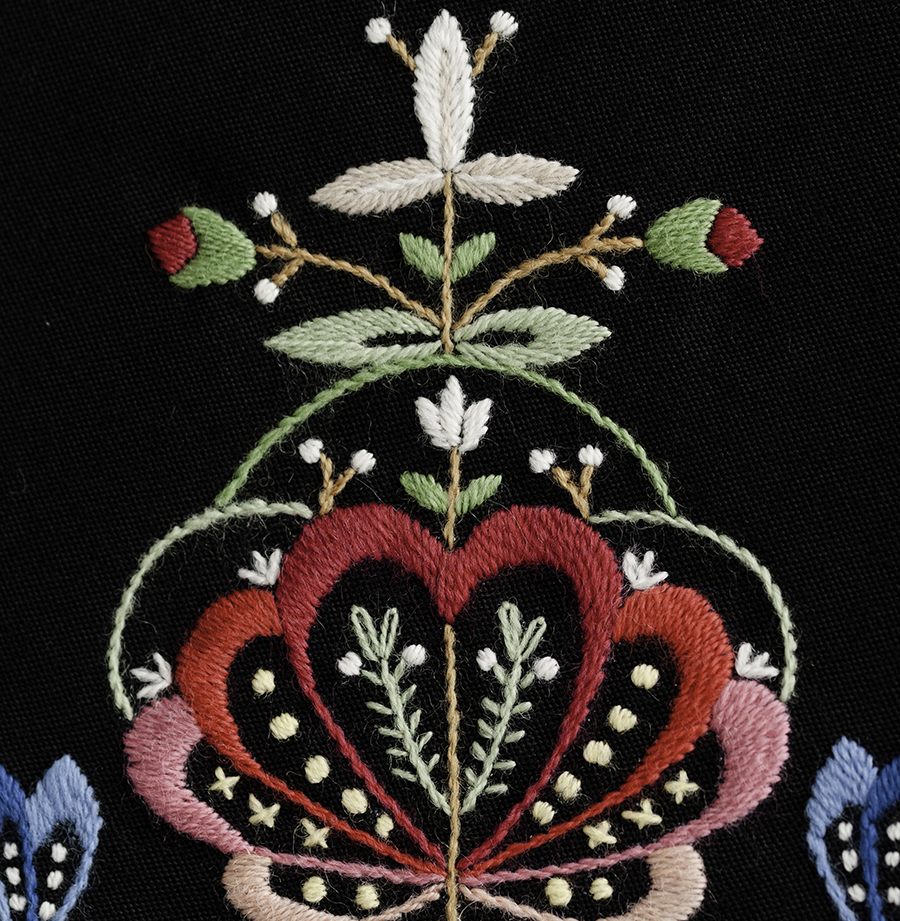
the treasure trove of craft here in Scandinavia
we are very fortunate to have a very long national textile tradition
with colourwork knitting, for example, dating back to 1840, so we have a lot to look at. There is a huge tradition of folk costume in Norway, and even today 80% of all Norwegian females own a folk costume, and 20% of males. These time-honoured traditions of embroidery, weaving, knitting, sewing—everything is here and imbedded in our culture. We want to reinterpret these traditions in a modern way, and every season we are looking for a new point of view or a new angle.
having patience; having focus
even though we’ve been doing this for 20 years!
Carlos: I have no patience; I want everything to be done at the click of my fingers. I still freak out every season thinking we don’t have enough time, we’re not ready, we should already have something out there. I need to work on trusting from experience that it’s all in our heads and once we bring it out onto paper, the rest of the process actually goes very fast and we always make the deadline.
Arne: I find it hard focusing on one thing at a time, I’m always all over the place and thinking about many projects at the same time, but then I lose control and I can’t finish any of them. So that’s why it’s good to work together, so we can edit each other and have a continuous discussion.
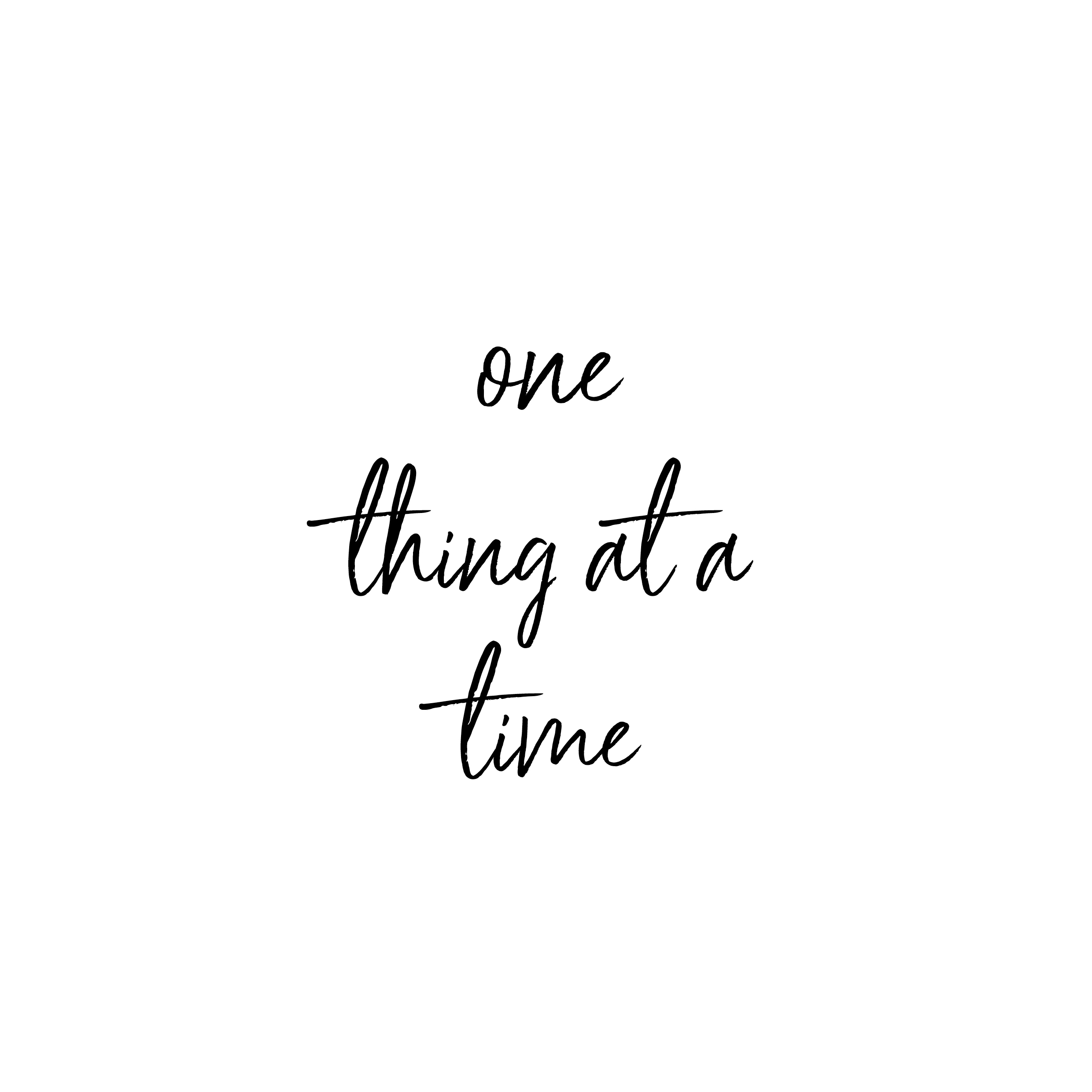
If I wasn’t a knitwear designer
Arne: I think I would deal in antiques or be a gardener, or maybe write novels.
Carlos: I love radio, so I think I would become a journalist and have my own radio show for sure.
A successful design is
Arne: If people buy it and knit it and use it, that’s a success. It’s not enough if we like it; as a designer you can’t only do things that you like, you have to think about who will use it and like it.
Carlos: For me a successful design doesn’t necessarily have to be a commercial success, but it could be the design that two or three seasons or years later you actually see that it has influenced a lot of people, and they have used it to remake it into their own. Of course, it would always be better to be credited for it, but sometimes it’s enough to know that your design has had a wider influence.
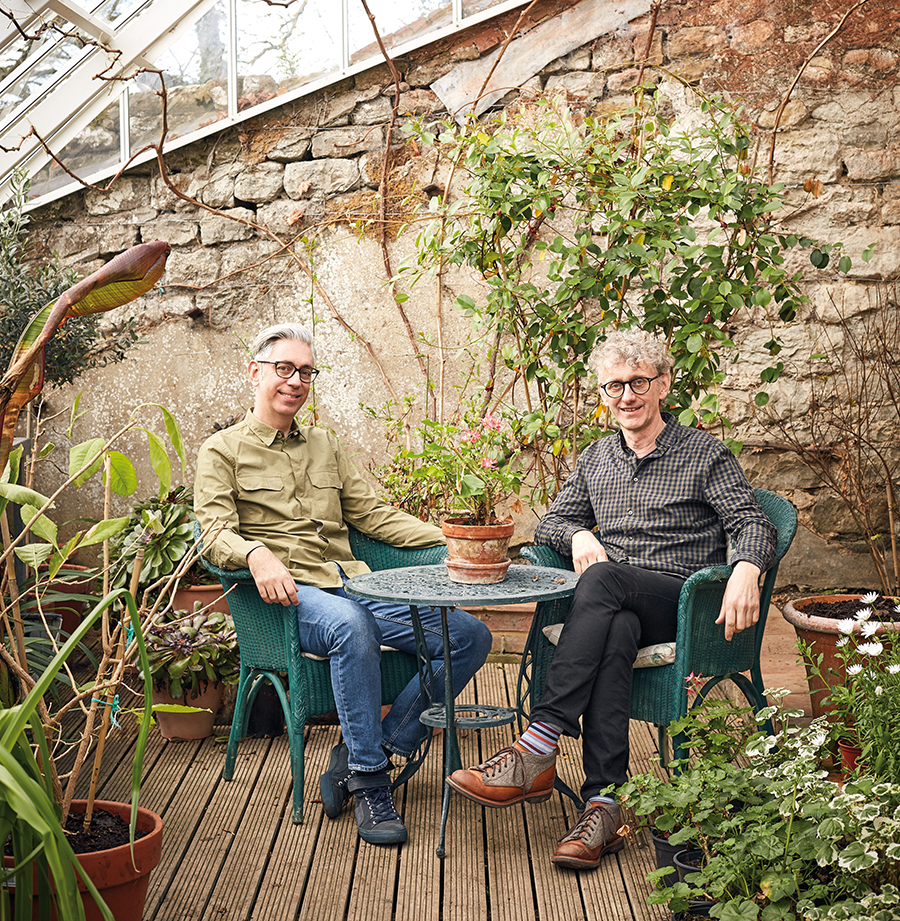
Arne: I see the light. When I am working on something, it could be anything, and suddenly I get this good idea, and then I can’t sleep and I have to get up at four in the morning and do that thing, whatever it is, but then I am happy.
Carlos: I am very sensitive to weather and to sunlight, so I am happiest when the sun is shining, and I’m at my most miserable when I haven’t seen the sun for ten days!
starts with conversations about our ideas,
what we want to achieve with a collection, and what’s inspiring us
For example, recently we have been looking at ‘rosemaling’ (the Scandinavian folk art tradition of rose painting) so we will both go off separately and do a lot of research and studying and then when we come back together with our gathered materials we will discuss how, for example, we can turn a painted cabinet into a knitting pattern. Then we start sketching, making fifteen, twenty, fifty, maybe even hundreds of sketches to find where we want to be. Arne will create charts and knit swatches and then once I have done an initial edit and looked at colours and further detailing, we will go through the collection again to hone it down into a coherent selection. It’s a very collaborative process at every stage.

Designs



